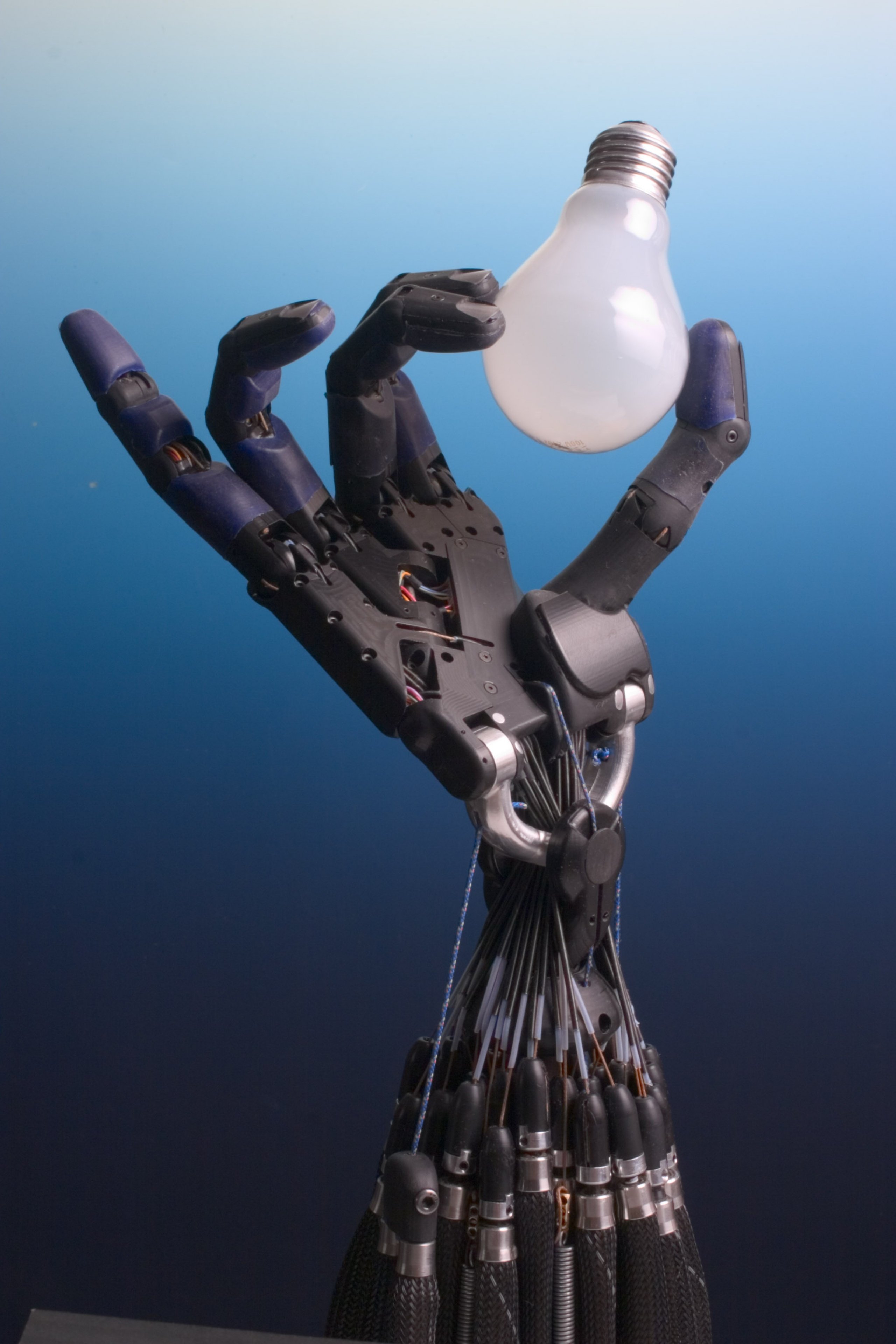New robot standard addresses ethical hazards of automation
BSI Staff Writer
Published date: |
|
Modified date: |
|
 BSI has published a new standard concerning the ethical hazards of robots. Use of robots is predicted to increase dramatically in coming years, but due consideration needs to be given to the potential challenges this could present.
BSI has published a new standard concerning the ethical hazards of robots. Use of robots is predicted to increase dramatically in coming years, but due consideration needs to be given to the potential challenges this could present.
The use of robots and autonomous systems, particularly in manufacturing, is often referred to as the fourth industrial revolution. By combining digital information and automation technologies, robotics could bring wide-ranging improvements in industrial productivity. However, as with all industrial revolutions, the move is controversial.
BS 8611, Guide to the ethical design and application of robots and robotic systems is a standard developed through collaboration from experts in the robotic, manufacturing and engineering industries as well as safety experts, scientists, academics, ethicists and philosophers. The standard recognizes that ethical hazards have a broader implication than physical hazards, and that safety features should be included to reduce these.
Dan Palmer, Head of Manufacturing at BSI said: 'Using robots and automation techniques to make processes more efficient, flexible and adaptable is an essential part of manufacturing growth. For this to be acceptable, it is essential that ethical issues and hazards such as dehumanization of humans or over-dependence on robots are identified and addressed.'
The new standard provides guidelines for identifying potential ethical harm and on safe design, protective measures and information for the design and application of robots. It also builds on existing safety requirements for different types of robots, for example in industrial, personal care and medical sectors.
The new guidance is intended to assist designers and robots, as well as the robotics industry and those involved in designing robotic systems.
Click here to provide feedback

